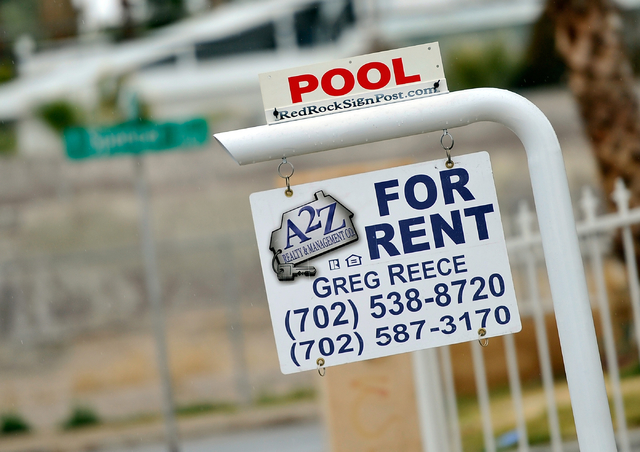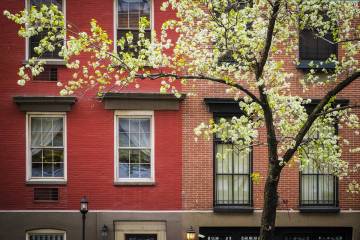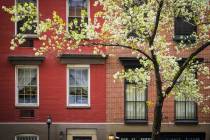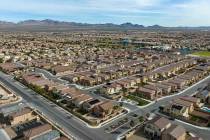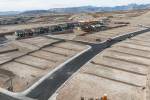US home rental cost growth is slowing
WASHINGTON — U.S. renters saw their monthly leases rise at a significantly slower pace in February, a sign that new construction may be starting to limit housing costs for apartment dwellers.
Real estate data firm Zillow said Thursday that median rent rose a seasonally adjusted 2.6 percent from a year ago. The median rent nationwide was $1,383 a month, having barely budged over the past six months after a period of extended acceleration. Two major forces appear to be dampening price growth: an influx of new apartment construction and renters finding their incomes are too low to afford further price hikes.
For the first two months of 2016, finished construction of multi-family apartment units is running nearly 19 percent above last year’s pace. This would come on top of a 21.4 percent increase in 2015, according to the Commerce Department.
Price growth has slowed in many metro areas where gains are running above the national average: New York, Los Angeles and Houston. Rental costs have slowed in still hot markets such as San Francisco, San Jose and Denver. Prices have fallen outright in Cleveland, Oklahoma City and Memphis, Tennessee.
Not all markets have seen price growth slow — with many markets seeing rental costs rise at a faster clip.
The median rental price in Seattle has climbed 7.22 percent to $1,946 a month, despite a wave of development in that area. Rental costs are also picking up speed in Boston and Portland, Oregon.
Las Vegas is bucking all of Zillow’s trends, but that’s because the market continues to lag nationwide economic gains, said Spence Ballif, a senior vice president focusing on the multifamily market for commercial brokerage CBRE Las Vegas.
Rents rose 6.3 percent on average in 2015, but they haven’t reclaimed their highs.
“We’re still in the recovery stage, whereas the rest of the country has exceeded peak rents,” Ballif said.
Las Vegas remains about 6 percent below the record rents of 2007, he said.
Zillow pegged the median rent in Las Vegas at just over $1,200.
Local apartment construction is also well ahead of the national pace, though the market went five years with virtually no growth at all, Ballif said.
Despite its uneven indicators, the local market offers an intriguing story to investors.
“I think it’s really compelling to investors right now to look at a market that’s still below peak rents, yet on the other side is in the top five projections for percentage-wise job growth in the country,” he said. “You’re seeing a lot of people look at investments, and they’re upgrading the properties they’re buying.”
The activity could finally return the Las Vegas Valley to its pre-recession rents: Ballif said he forecasts an additional 5 percent to 6 percent pickup in average asking rates through the end of 2016.
Investment activity should stay strong as well.
“If the jobs story remains bullish, people will still want to invest here. Jobs cure everything, and the jobs story is very good right now,” Ballif said.
Rental prices had until recently been consistently rising at more than double the pace of wages. But February’s slowdown put rents closer to the 2.2 percent increase in average hourly earnings tracked by the Labor Department.
Review-Journal writer Jennifer Robison contributed to this report.



